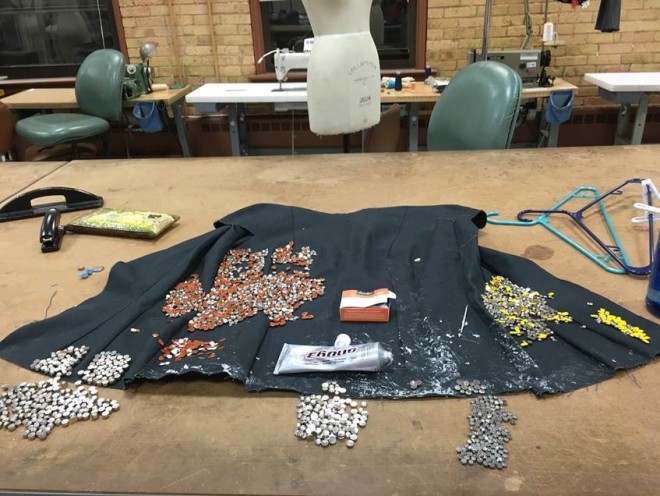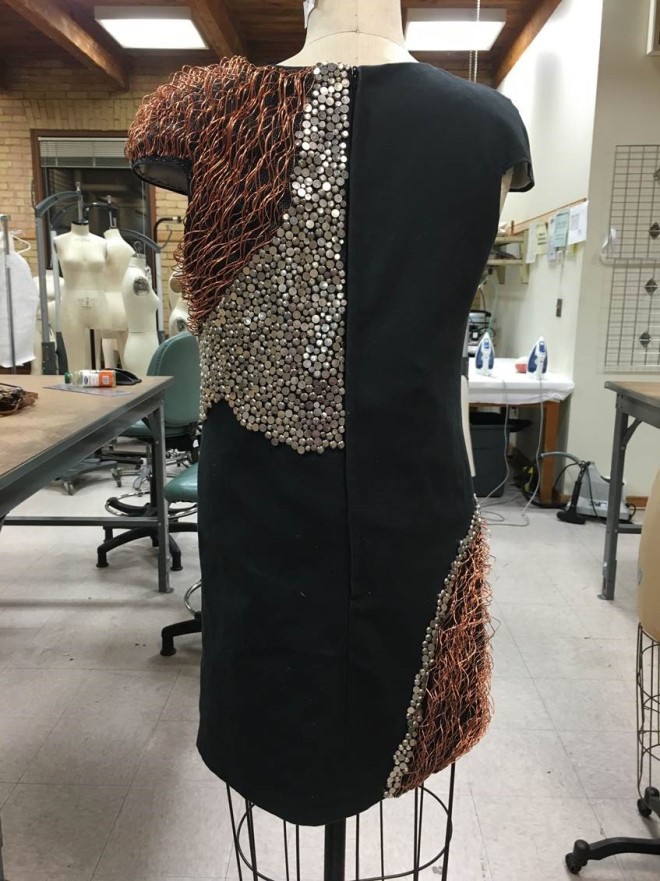 Lexine S. was diagnosed with single-sided deafness (SSD) at the age of four, and has been using a Baha System since she was 12.
Lexine S. was diagnosed with single-sided deafness (SSD) at the age of four, and has been using a Baha System since she was 12.
Throughout her life, Lexine says she found herself in an odd space between the deaf community and the hearing community:
“In the deaf community, many don’t consider being deaf a disability at all, and they would never change who they are. I am not fully part of either community, which is a large part of why I consider my hearing loss a disability.
I chose to get my Baha sound processor, even if I didn’t fully understand it at the time, to continue to bridge the gap between the two communities in my own way. I have a place in both which I think is really powerful.
I don’t really wish that I didn’t have single sided deafness. It is a constant challenge and has affected my life in many ways, but it is not only a part of who I am, it has made me who I am. It has shaped my personality and the way I see the world in ways that I am only just becoming aware of. It has taught me to be creative, confident, empathetic, and strong.”
Lexine, an aspiring fashion designer and university student, just finished her sophomore year in the Apparel Design program at the University of Minnesota. This spring her studio class partnered with the Weisman Art Museum on campus to create designs using non-traditional materials inspired by Andy Warhol’s concepts of self-portraiture and how objects can shape a person’s self-image.
For her self-portrait, Lexine, who was upgrading to the CochlearTM Baha® 5 Sound Processor at the time, wanted to explore how her hearing loss has shaped her identity and how that could be represented in a physical way.
“I chose to work with copper wire shaped like sound waves and hearing aid batteries. I created a dress that juxtaposed my place in the hearing world with my place in the deaf community, while projecting a sense of power and strength.”
Lexine designed a simple shift dress with copper wire, hand shaped to represent sound waves, wrapping around one shoulder and on the opposite hip, with hearing aid batteries creeping out from around the edges of the wire sections onto the rest of the dress. The materials were purposefully abutted but distinctly separate from one another to represent her split presence. While the shape is simple it projects strength and power in the simplicity of the shapes combined with the ornate surface treatment of wire and batteries.
“The dress also reflects the invisibility of my hearing loss”, explains Lexine. “From far away, you cannot tell that it’s made of batteries and it looks like silver beading, but up close and with some context, it can be seen for what it really is.”
To create this dress she had to get her hands on hearing aid batteries – a lot of batteries. Her audiologist at the University of Iowa set her up with her two largest suppliers who donated over 30 pounds of batteries. Lexine also called local medical supply stores and hearing aid centers in Minneapolis to make sure she would have enough of material.
“After countless hours in materials testing, concept building, and design, I began the construction of the dress, a process that took over 100 hours. I used size 10, 312, and 13 batteries and created texture and depth by playing with the placement of different size batteries next to each other, and using the flat side next to the raised side. Each piece of wire was bent and attached by hand. After the wire pieces were attached, I individually glued each battery to the dress with industrial adhesive. I finished the dress just a few days before the runway show at the Weisman Art Museum where I was able to see my vision come together in person.”
Lexine’s dress will be on display in the (dis)Abled Beauty exhibit at Kent State University, July 29, 2016 – March 12, 2017. Learn more about the exhibit: https://www.kent.edu/museum/event/disabled-beauty.

